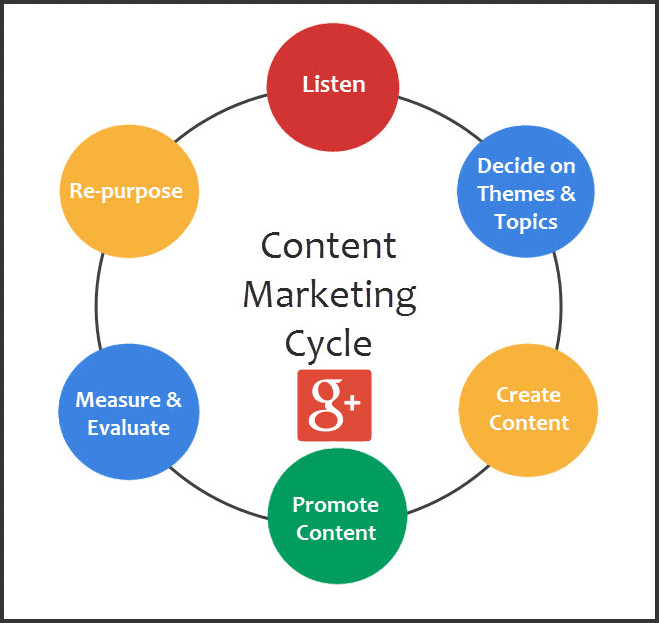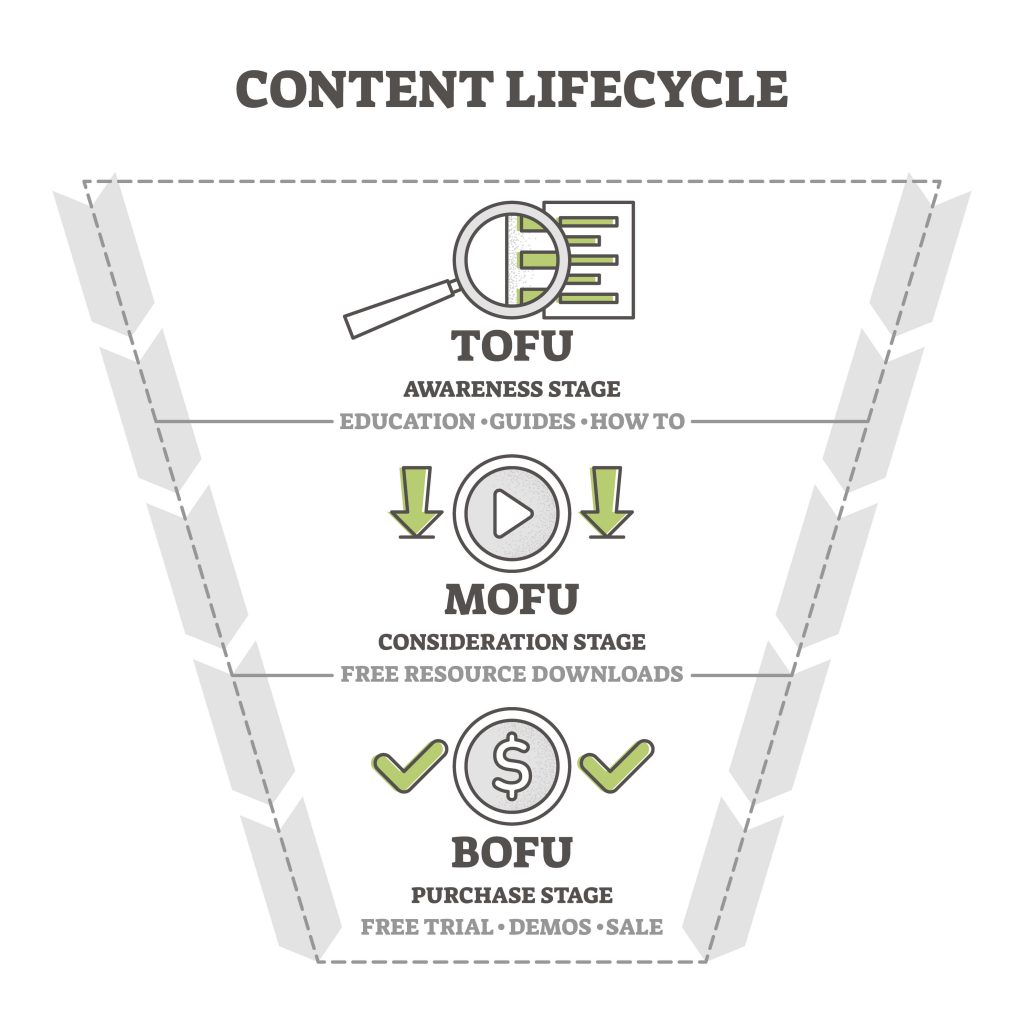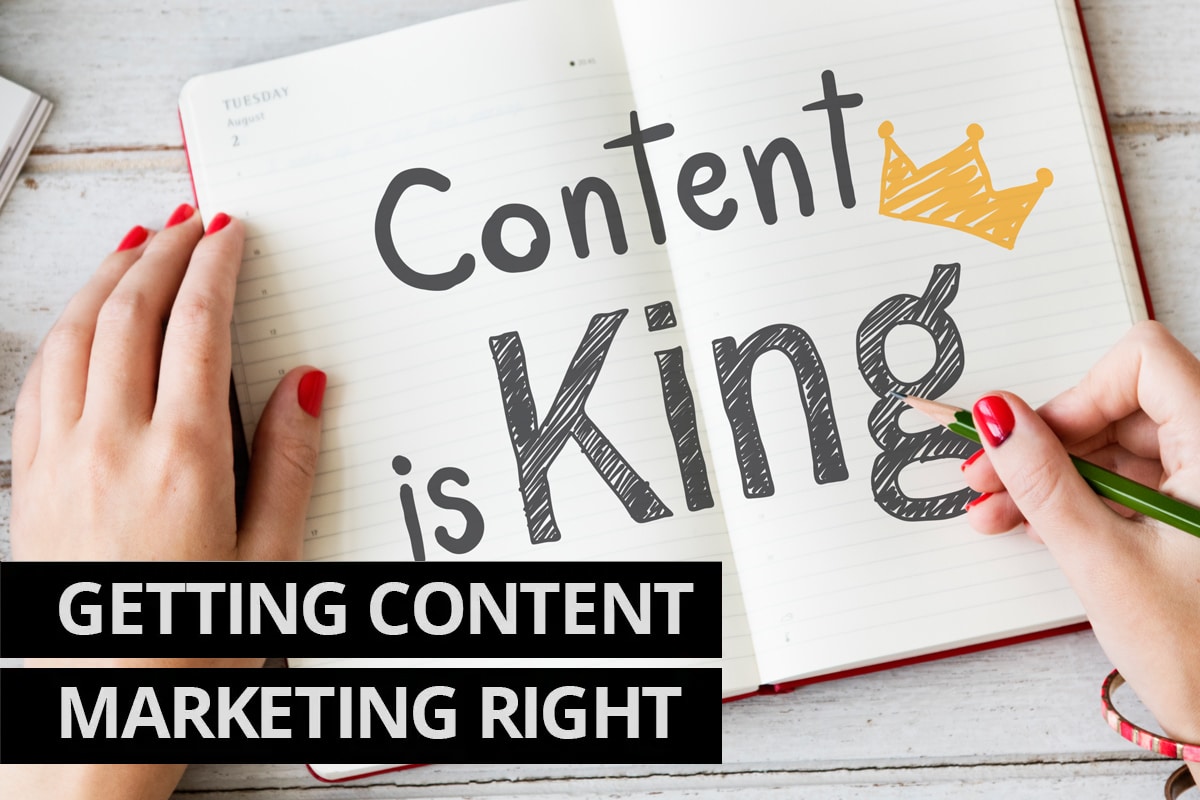We hear a lot about what a content marketing strategy can accomplish for brands online these days. With many blog posts with case studies showing it is a great traffic source for your website. Getting different types of content can help build your brand, as long as you are consistent with your marketing message.
How to Plan out Your Marketing Content:
Creating helpful content for your target audience will help you reach your marketing return on investment faster. A true content marketer will ensure that the team has a plan and can include the breakdown of these important steps:
- Content Marketing Examples (Create a list of Popular Content you Love)
- Topical Idealization (Find the Best Topics that get Traffic & Engagement)
- Keyword Research (Once you find some great topics, be sure to target the right Keywords)
- Content Mapping (Where the Content Belongs on your website)
- The Type of Content to be Created (Listicles, How-to’s, Ultimate Guides, Case Studies, Video Content, Email Newsletters, Etc.)
- Other Forms of Content (You can also create Infographics, Slidedecks, Podcasts, Viral Videos )
- Content Calendar (Your Plan for Content Publishing Frequency)
- High-Quality Content Strategy (Create an Outline or Brief for Guidelines for your Team of Writers)
- Content Promotion (Social Media Marketing, Video Marketing, Repurposing Content, Boosted Posts)
- Editorial Calendar (So you can go back and update older content, so it ranks again in Google)
1. Have a brand message.
Brand messaging should speak to your ideal customer with a simple statement that reflects both your products’ spirit and sparks emotion. Some well-known examples are McDonald’s “I’m lovin’ it” and Nike’s “Just do it.” Having an over-arching brand message helps you stay top of mind, for Brand awareness in your broader print and digital marketing efforts.
Diving deeper into the core audience, you should have a look at what your potential customers’ wants and needs are, and if you are solving their pain points with your services or product solution. The vast majority of companies never fully develop their marketing message pillars, that speak to each one of their service offerings. We recommend and have trained with the Story Brand, its is paramount that you get streamlined with you messaging.
- Be Clear
- Be Consistent
- Be Memorable
2. Use metrics to gauge results.
If you decide to incorporate content creation into your overall Brand marketing campaigns be sure to measure results with metrics. Keeping good notes on your metrics will help you hit your goals, but it will depend on what you want to achieve.
A successful content marketing strategy means tracking your KPI’s (Key Performance Indicators) like the conversion rate of your blog articles. If it is low you know to invest in some Conversion Rate Optimization, or maybe your SEO efforts have quite paid off yet and need to get more organic traffic to your blog. Whatever you do, be sure to measure it so you can improve through time.
Use metrics to further specific marketing goals, including:
- Traffic growth (Google Analytics Channels)
- Social shares & likes
- Sales volume
- Number of leads
- Cost per lead
- Cost per acquisition
- Length of sales cycle
- Average lifetime value of a customer
Put numbers to all these goals and give your company a time frame to achieve them in. If you fall short don’t worry, your numbers will still be higher if you didn’t set a goal or a strategy on how to achieve them!
3. Speak your audience’s language.

Image from – https://blog.plusyourbusiness.com/content-marketing-use-google-plus-brilliantly
Once you do get more clients in the door from your content marketing plan, don’t forget to create support documents to ensure more loyal customers. Ideally you want a different form of content for each stage of the customer journey, but often people forget about the types of content needed to keep customers happy. These can be…
- Email Marketing Newsletters
- On-boarding Documents on What to Expect
- Installation Guides
- How-to Video Content
- Anything that enhances the User Experience
Increasing the likely-hood of just one more loyal customer enhances your ALV (average lifetime value) metric and can pay off huge, after the compound effect kicks-in. Effective content marketing includes what you do after you make the sale.
4. Keep your branding consistent across your content marketing efforts
Target each stage of the sales funnel.


Share This Article
Choose Your Platform: Facebook Twitter Google Plus Linkedin